- Home
- entertainment
- news
- All 8 'Guillermo del Toro's Cabinet of Curiosities' episodes ranked from worst to best
All 8 'Guillermo del Toro's Cabinet of Curiosities' episodes ranked from worst to best
Eve Crosbie,Eammon Jacobs

- "Guillermo del Toro's Cabinet of Curiosities" has landed on Netflix.
- It's an uneven collection, with a clear winner in the final installment, "The Murmuring."
8. The slow burn of "Lot 36" is a weak starting point.
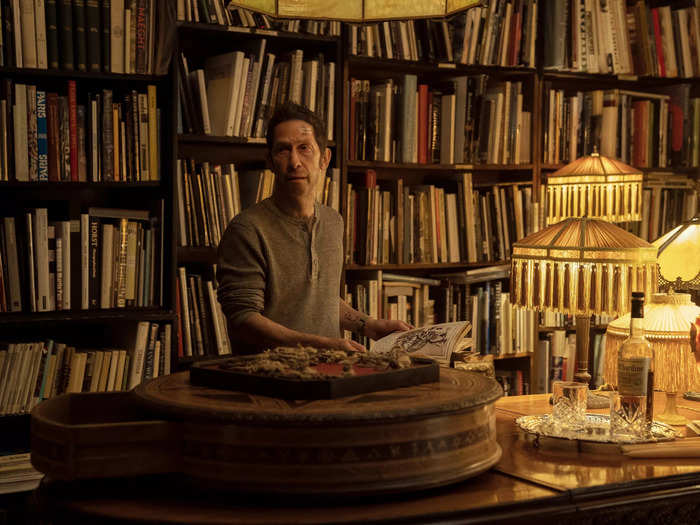
Guillermo Navarro's "Lot 36" is the chapter that kicks the whole series off, and it's definitely a good way of easing audiences into "Cabinet of Curiosities." But it's arguably the weakest of the bunch.
There's nothing wrong with a good slow burn, as Panos Cosmatos' "The Viewing" perfectly demonstrates, but "Lot 36" takes so long to get going it doesn't give audiences the best first impression.
To be clear, the likes of Tim Blake Nelson and Sebastian Roché do an excellent job of selling their characters and building out the lore of the world they live in, but the story drags out the eventual horror so much that the eventual reveal feels a little weak.
The effects are cool, and the fate of Nelson's character ultimately feels very satisfying, but it wasn't the strongest chapter the show could've started with. — Eammon Jacobs
7. "Dreams in the Witch House" starts off strong but fails to deliver.
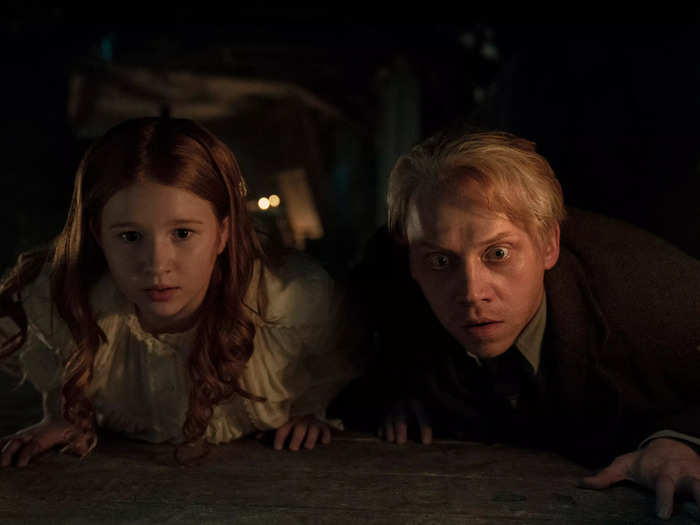
Loosely adapted from an H.P. Lovecraft short story of the same name, Catherine Hardwicke's "Dreams In The Witch House" initially begins with a lot of promise. It has a fantastic opening scene in which a young boy witnesses his twin sister die of consumption before she appears before him as a ghost and is dragged out of their house by unknown forces.
However, the story that follows fails to deliver, despite having some major talent in the form of Rupert Grint, who has been brilliant in Apple TV+'s own horror offering "The Servant."
Over the next hour, Grint's character desperately tries to bring his sister back from the other side with the help of a special drug that allows him to enter into the dark, mysterious realm known as the Forest of Lost Souls.
However, the addition of a human-faced rat with an over-the-top Irish accent begins to make the episode feel more like a child-friendly fantasy adventure than Lovecraftian lore.
While there is a rather enjoyable and surprisingly scary appearance from the eponymous witch (Nia Vardalos) to prove that it is not, in fact, meant for little ones, ultimately, "Dreams in the Witch House" falls short, especially when watched after the other Lovecraft adaptation in the collection. — Eve Crosbie
6. "Graveyard Rats" is a fun simple idea, but there's little below the surface (aside from rats).
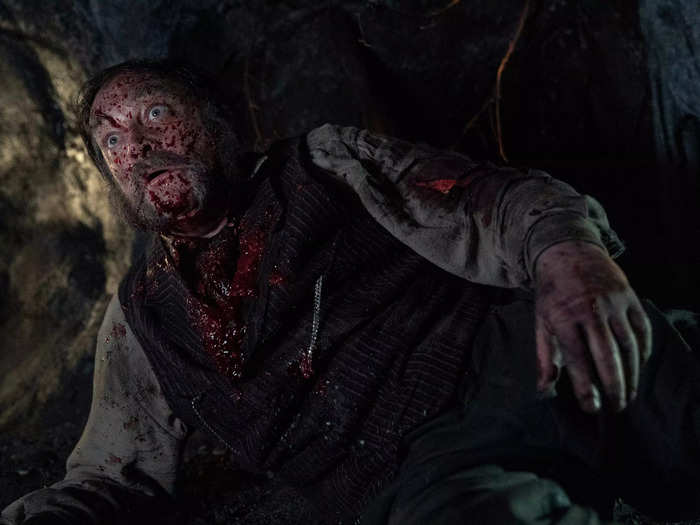
Vincenzo Natali's "Graveyard Rats" is all about greed (which makes it a perfect companion to "Lot 36") and it's always satisfying seeing someone pay for their selfish actions.
The episode follows graverobber Masson (David Hewlett), who steals from the dead to pay off his debts. Unfortunately, there's something lurking in the ground that is also stealing the dead for its own ends.
There's an Amblin sense of horror in this one, mainly because it has such a solid single idea that it focuses on, which keeps the runtime relatively short at around 40 minutes.
But unlike the graveyard Masson finds himself in, there's little below the surface here. That's not necessarily a bad thing, because this is the type of series where filmmakers can just have fun with a simple idea.
That being said, throwing a zombie in the mix felt like overkill for an episode that already includes a giant monstrous rat. — EJ
5. "Pickman's Model" is the better of the two H.P. Lovecraft adaptations in the series.
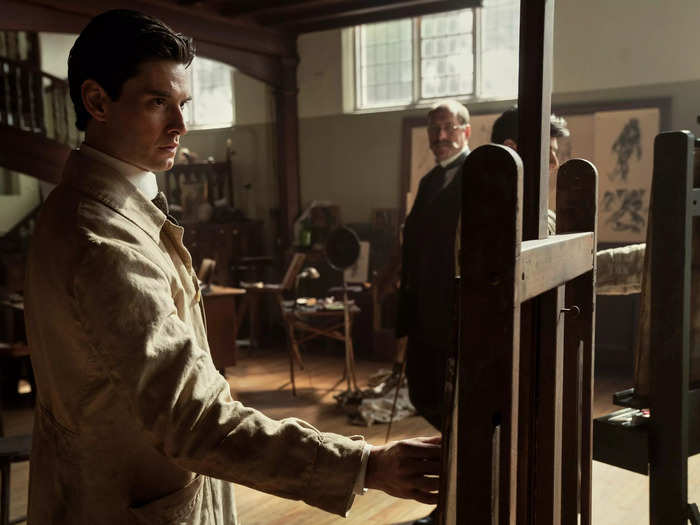
Like Hardwicke's entry, "Pickman's Model" is based on a short story by Lovecraft and takes place in a fictional town in early 20th-century Massachusetts. It stars Ben Barnes as a young art student whose life is never the same after he crosses paths with a macabre painter named Pinkman, played superbly by Crispin Glover.
After Pickman mysteriously disappears, Barnes' Will Thurber becomes consumed by the disturbing portraits he's left behind that depict gruesome scenes of cannibalism, human sacrifice, and demonic creatures.
It's suitably nauseating to watch but, unfortunately, does lose its way in the middle when director Keith Thomas tries to expand on the story, leading us to wonder if H.P Lovecraft stories are just very difficult to adapt. So few of them have been done with any success, though "Pickman's Model" is one of the better ones. — EC
4. "The Viewing" is a gorgeously designed acid trip.
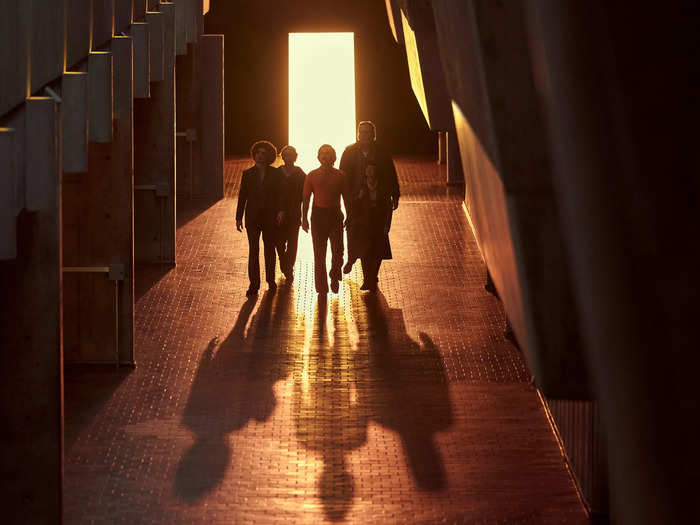
Panos Cosmatos? Gorgeously disturbing cosmic horror? Surely not! Yes, this episode is slower than most of the other stories, but the payoff is worth it.
While a group of scientists, free thinkers, and writers debate the nuts and bolts of reality with a wealthy billionaire, they're ultimately faced with an obscene threat.
But everything about the episode is designed to feel like a paralyzing acid trip, from the warmly lit set design to the roaring synth score.
By the time the monster rears its ugly horns, it feels like Cosmatos has dragged the audience through several layers of reality alongside the likes of Peter Weller, Steve Agee, Eric Andre, Sofia Boutella, and Charlyne Yi.
It won't be for everyone, which is why it isn't ranked higher on the list, but it's an utter treat for fans of "Beyond the Black Rainbow," and "Mandy." — EJ
3. "The Outside" is a grotesque and hilarious satire about unattainable beauty standards.
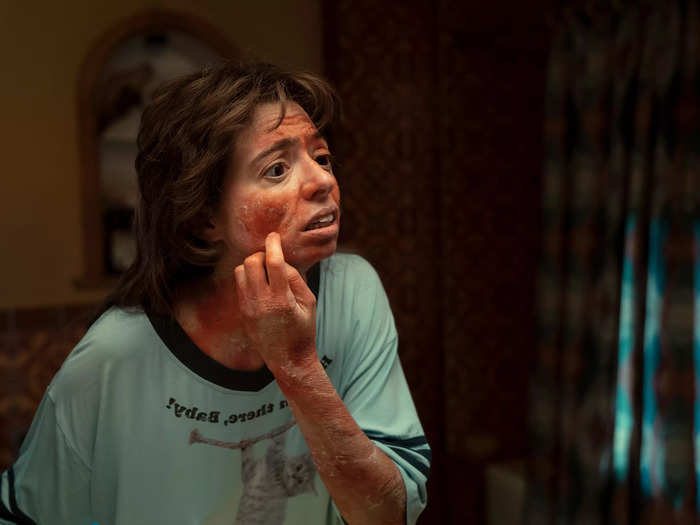
Based on the webcomic "Some Other Animal's Meat" by Emily Carroll, "The Outside" is essentially a cautionary tale about a woman determined to achieve the beauty standard at all costs.
It centers on Stacey (Kate Micucci) who, despite her husband's (Martin Starr) assurances that she is perfect as she is, begins obsessively using a new lotion that promises to make her beautiful.
The problem is, it's giving her quite a nasty rash. Despite this, Stacey continues to use "Alo Glo" and not only gets blotchier but begins to lose her grip on reality. Is the brand's spokesman, a peroxide blonde, vaguely Swedish-sounding Dan Stevens, actually speaking to her from her television set?
The notch is dialed right up to camp in the hands of "A Girl Walks Home Alone at Night" and "The Bad Batch" director Ana Lily Amirpour, who most certainly had some fun making this body horror feature. The episode spends the majority of its runtime luxuriating in Stacey's excruciating transformation. While not exactly groundbreaking in its feminist stance and veering on more grotesque rather terrifying, "The Outside" is definitely the most fun out of the bunch. — EC
2. "The Autopsy" is a master class in body horror.
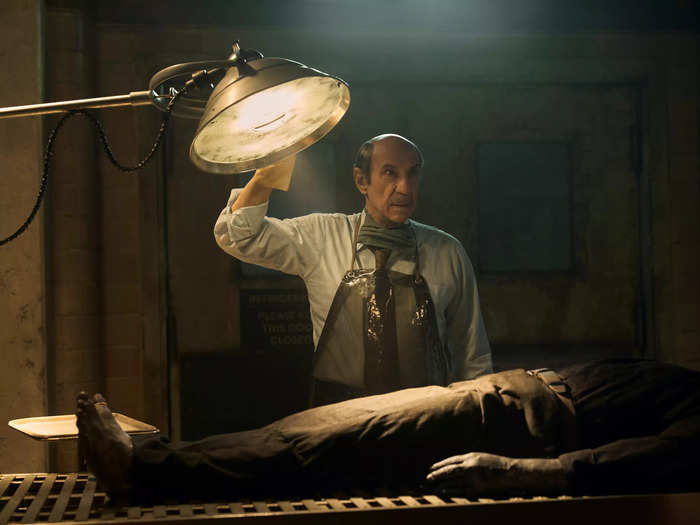
There's no way of getting around it. "The Autopsy" is not for the faint of heart, but it takes a fresh stab at body horror in a way that will surprise even the most bloodthirsty gorehounds.
It follows forensic pathologist Dr. Winters (F. Murray Abraham) as he investigates a number of dead bodies after an explosion in a nearby mine. But when he realizes the dead have been drained of their blood, he's quickly faced with an extraterrestrial parasite.
The practical effects alone are horrifyingly fascinating to watch, as the pathologist becomes a spectator for a one-of-a-kind autopsy, the likes of which have never been seen before. With shades of "The Thing," this episode prides itself on its own ingenuity when it comes to fighting this bizarre threat.
Self-mutilation becomes Winters' secret weapon against the creature, and although it's incredibly wince-worthy to watch, it's tragically triumphant because the pathologist retakes control of the situation.
Abraham's performance throughout the episode is utterly gripping, and that's largely down to writing from David S. Goyer and direction from David Prior. The grand, cosmic story is equally impressive because of the human story at the center of it all. — EJ
1. "The Murmuring" stands heads and shoulders above the rest of the episodes.
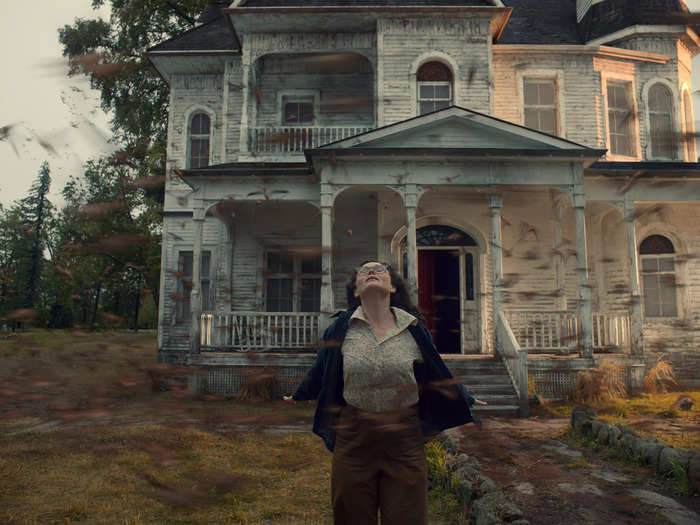
Del Toro has undoubtedly left his best for last as Jennifer Kent's "The Murmuring" manages to elevate the series to a completely different level.
Based on a previously unpublished short story by del Toro, the episode follows a pair of married ornithologists who retreat to an isolated house to study bird migrations and come to terms with the loss of their young daughter.
However, once there, the house's otherwordly inhabitants reveal the loss of a child even more heartbreaking than the couple's own.
With stellar performances by Essie Davis – who previously starred in Kent's "The Babadook" (2014) – and Andrew Lincoln, this ghost story is one that will stay with viewers for a long time afterward, even if its scares are used sparingly.
That's not to say that Kent doesn't use horror tropes with aplomb; you'll find creaking floorboards, slamming doors, and the chilling whispers of children throughout the episode.
However, it's Kent's ability to effortlessly turn her simple haunted house story into a deep meditation on grief and repression that really makes "The Murmuring" the one episode of "Guillermo del Toro's Cabinet of Curiosities" you don't want to miss. — EC
Popular Right Now
Popular Keywords
Advertisement